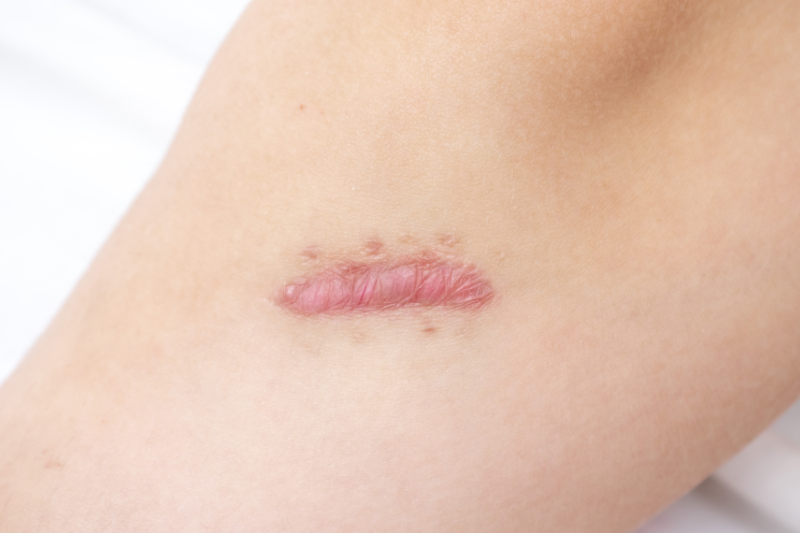Reconstructive Surgery

What is meant by reconstructive surgery?
Every time a skin cancer is surgically removed, a “wound” is created. Occasionally, a wound may be left to heal on its own, or granulate. Depending on the size and site of the wound, this may take several weeks.
Whenever a wound is surgically repaired, a “reconstruction” or reconstructive surgery is performed. This allows the wound to heal faster and more efficiently.
How might the wound be repaired?
Options for repair are as follows:
- Direct closure- where the two sides of the wound are drawn together and sutured in place. There must be sufficient loose skin for this to be achievable.
- Skin Grafting- where skin is taken from another area and sutured into place to cover the wound.
- Skin Flaps- where skin is moved into place from adjacent areas
- Combinations of the above.
Reconstructive surgery is often complex, especially when the nose, eyelids, ears and lips are involved. However, skilled reconstructive surgeons can repair significant surgical defects with exceptional function and cosmetic outcomes.
Who performs reconstructive surgery?
Nowadays multiple specialties have the necessary training to perform reconstructive surgery. These include Plastic Surgeons, Dermatologists, ENT surgeons and Oculoplastic Surgeons.
How does Mohs Surgery affect reconstructive surgery?
Through its ability to minimize the removal of normal healthy tissue in skin cancer excision, Mohs Surgery frequently results in much smaller surgical defects compared to conventional surgery. This leads to less complex reconstructive surgery and better patient outcomes.
